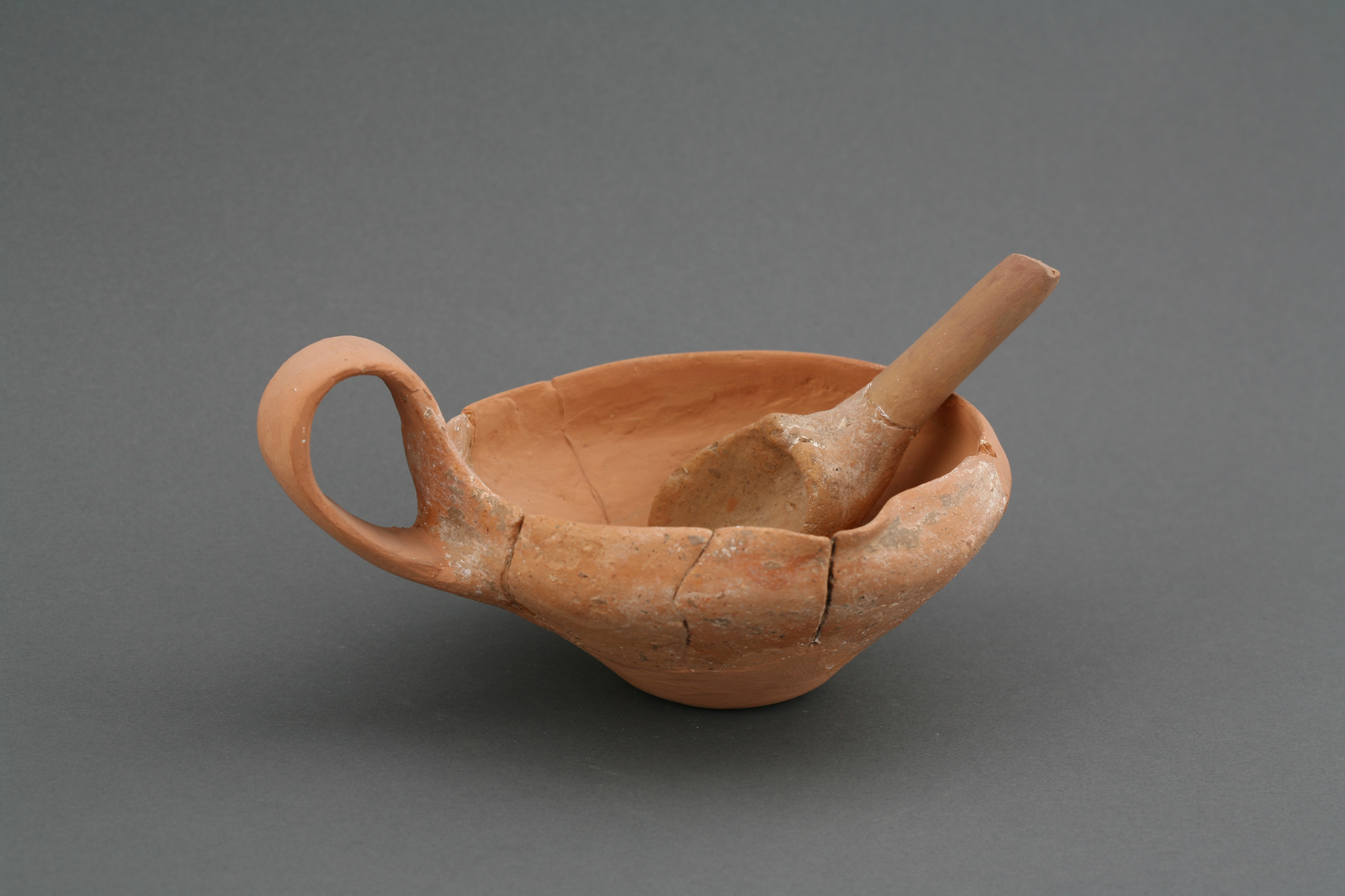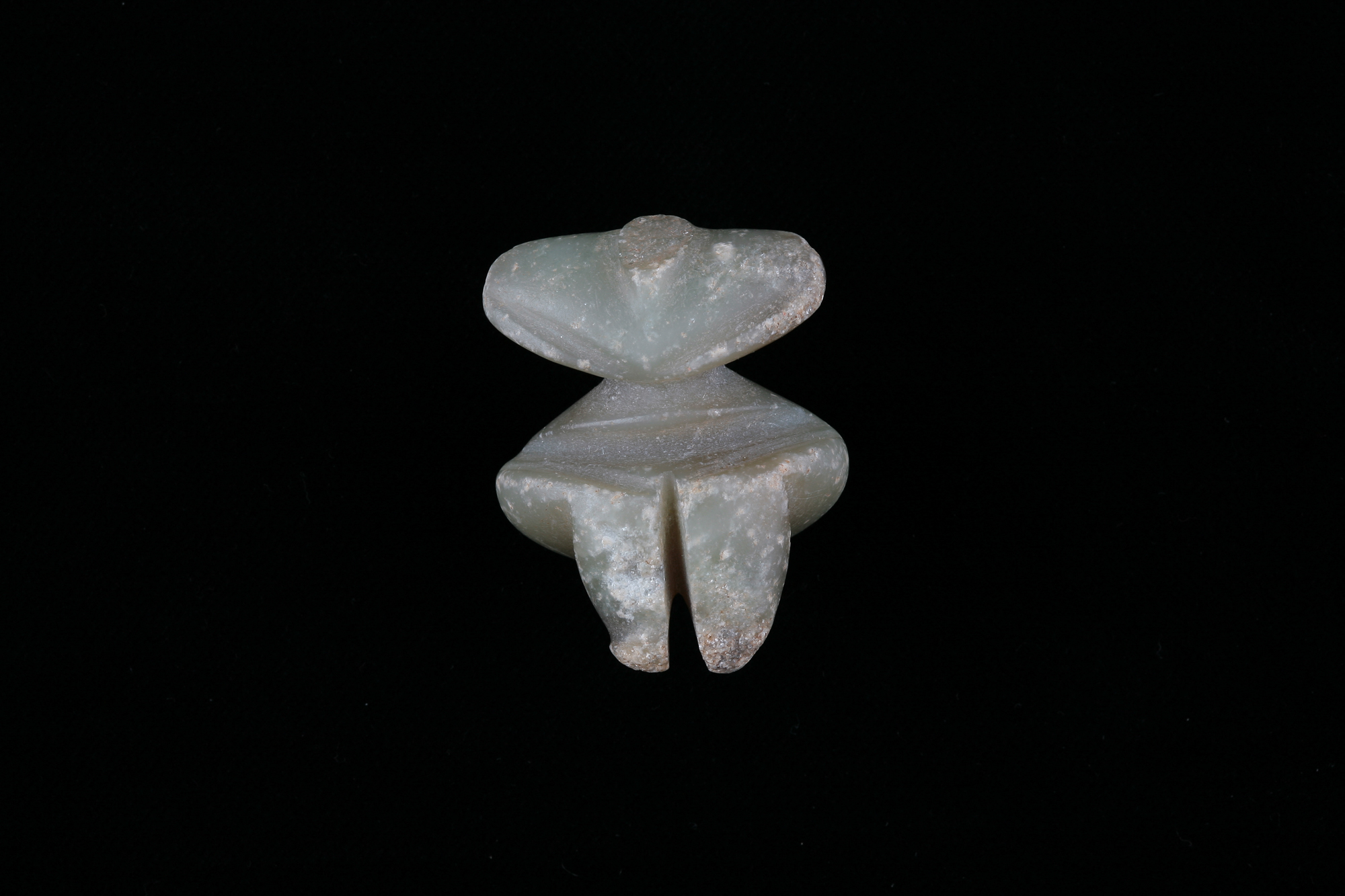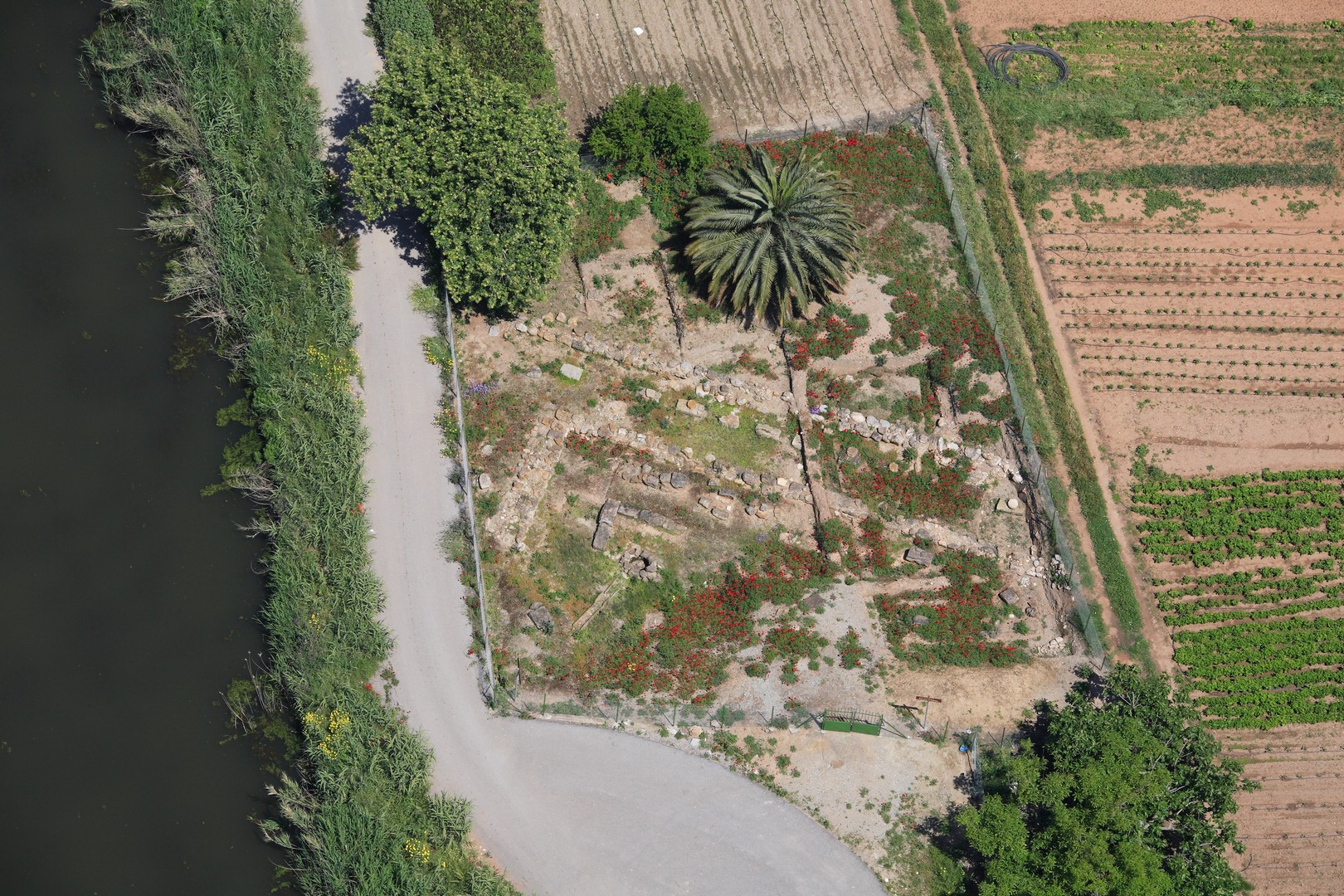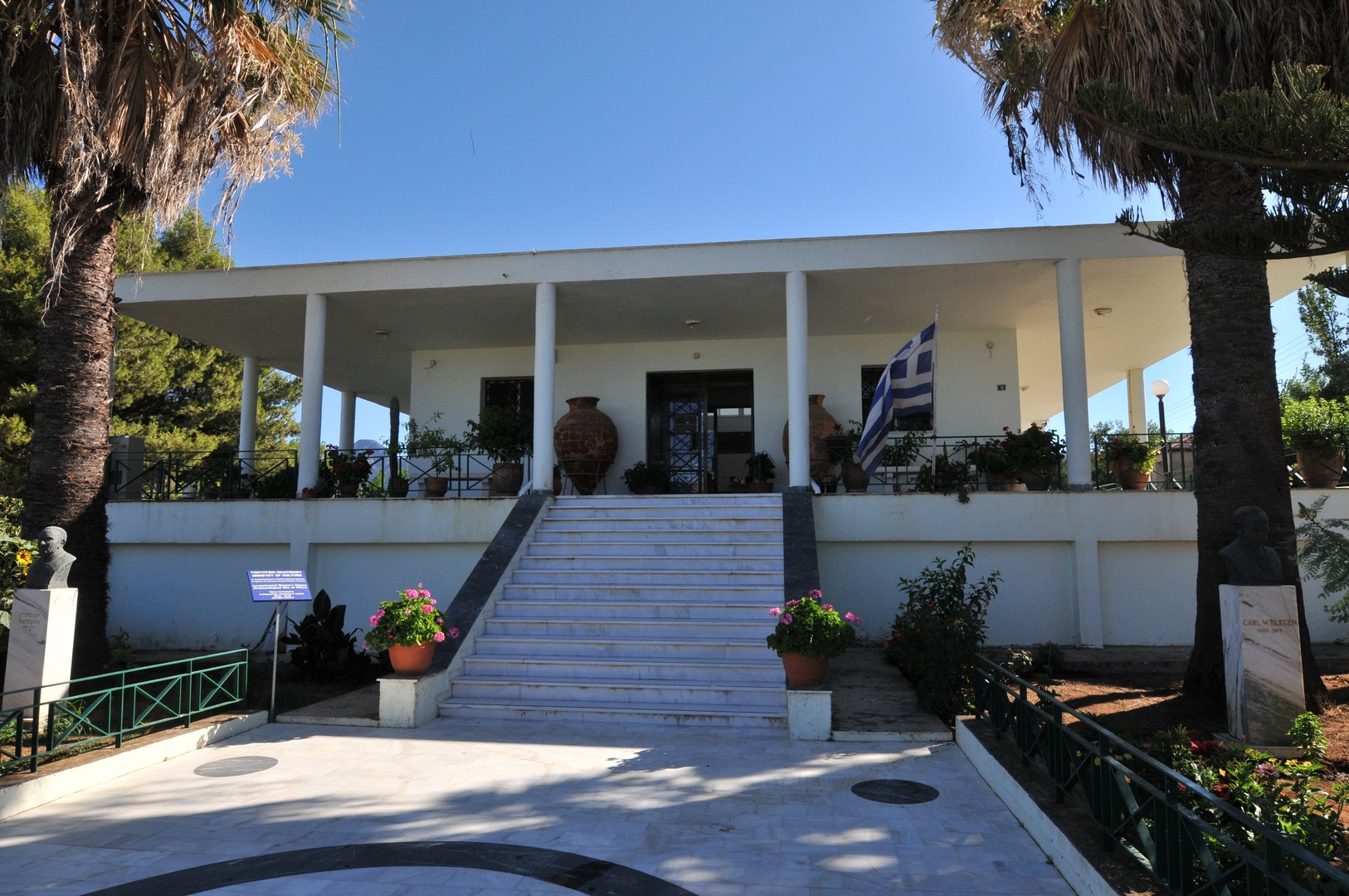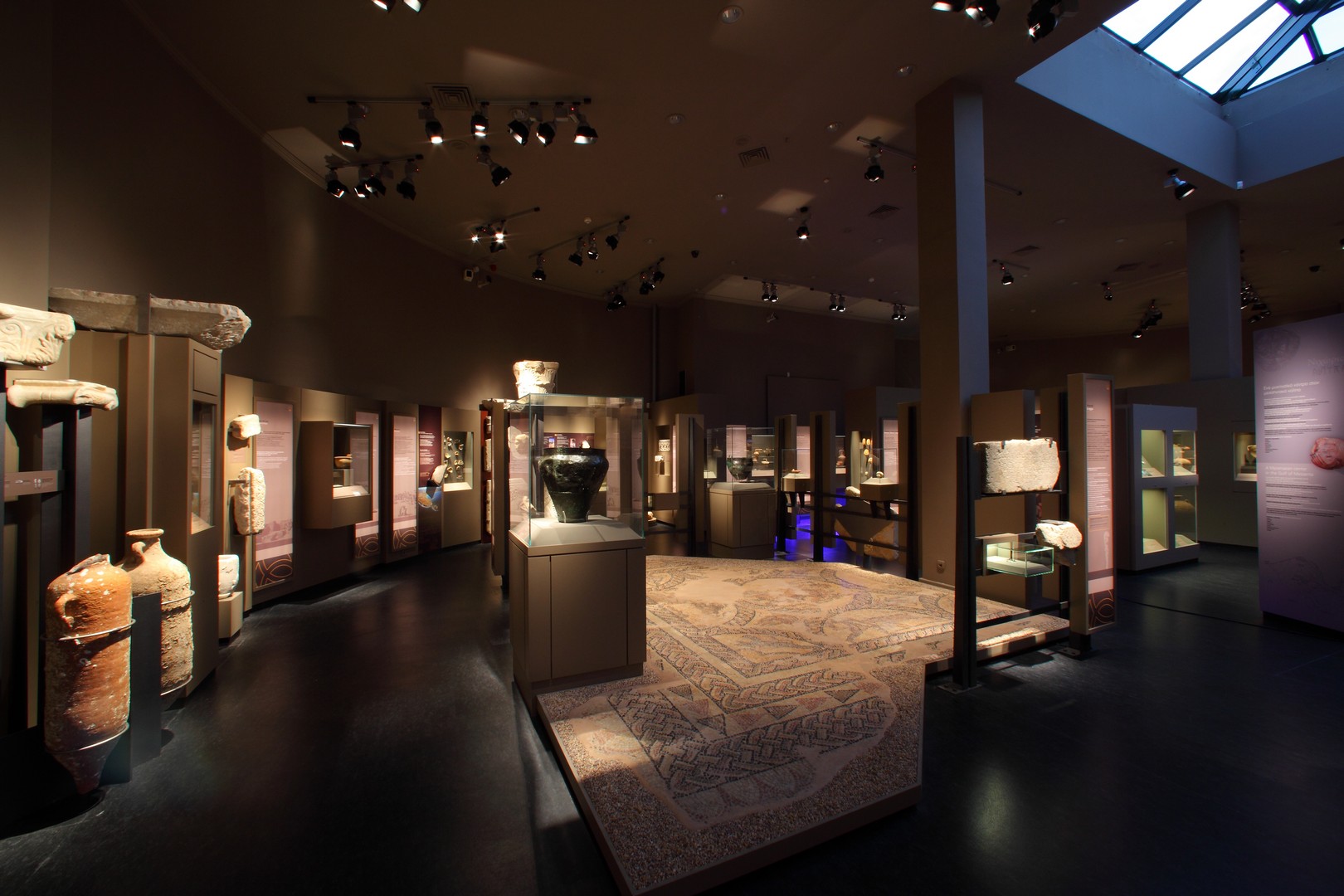
Malthi

The acropolis of Malthi was investigated by the Swedish archaeologist Mattias Natan Valmin. It is the largest agricultural settlement of the Middle Helladic period in Messenia with a period of habitation up to the Late Bronze Age (2000 – 1100 BC). The site was chosen for its command of the valley and of the roads leading to the hinterland of the Peloponnese and to the coasts. Houses, storehouses and stables were developed inside and along the Mycenaean fortification, while workshops were built to the north, close to the wall. In Mycenaean times, a rectangular megaron was built for the ruler of the region.
Διεύθυνση
2721063100 (ΕΦΑ Μεσσηνίας)
Εισιτήρια
Ωράριο
Ο χώρος είναι επισκέψιμος κατόπιν συνεννόησης με την υπηρεσία.
Pit and cist graves, mainly for children, were excavated beneath the buildings. To the west of the hill two Mycenaean tholos tombs were investigated. The Tholos Tomb I is preserved almost intact, albeit looted. It is the best preserved tholos tomb in Messenia and dates from around 1380 – 1200 BC. It is surrounded by an artificial mound and has a dromos (passageway) 13.50 m long bordered with stone walls. It has a relieving triangle above the lintel of the entrance, and a burial chamber with a diameter of 6.85 m and a height of 5.80 m. Remarkable finds from the acropolis of Malthi are exhibited in the Archaeological Museum of Messenia in Kalamata.
twertwer

